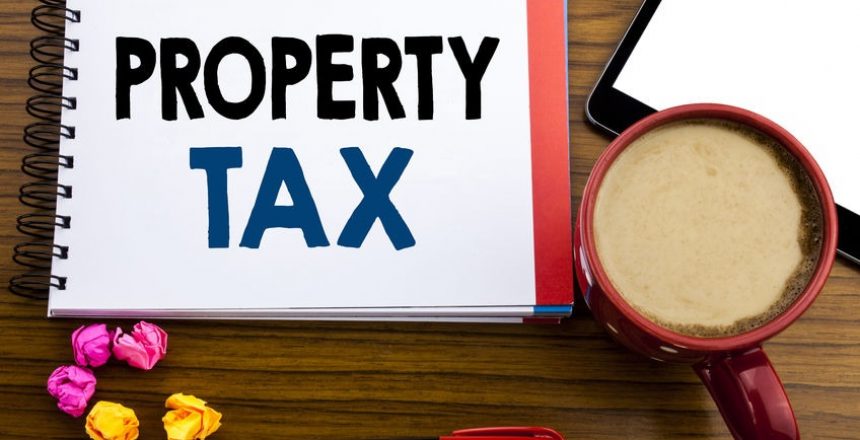When Derek Mackay, the Scottish Finance Secretary announce in his Scottish Budget in December 2018, that he was increasing the Additional Dwelling Supplement element of Land and Building Transaction Tax from 3% to 4%, many people thought “it’s only 1% and it doesn’t apply to me”.
The other aspect of this increase that’s worrying is the misconception that this tax only applies to people buying second homes or those involved in the buy-to-let market.
Unfortunately, the Additional Dwelling Supplement has some unintended consequences for the “normal” property market.
To understand the anomalies, we need to understand what the Additional Dwelling Supplement is, why it was introduced and how it works.
What is the Additional Dwelling Supplement?
The Additional Dwelling Supplement is a tax applied in the purchase of a second or subsequent residential property. It is payable in addition to any Land & Buildings Transaction Tax payable (and even if no Land & Buildings Transaction Tax is payable!). The current rate of tax is now 4% following the approval of the Finance Secretary’s draft Budget.
Why was Additional Dwelling Supplement introduced?
The Additional Dwelling Supplement was first introduced to mirror a similar provision in England and Wales and was designed to help first-time buyers gain better access to the property market. The theory was that buy-to-let landlords were buying up property at the lower end of the market, forcing up the price and squeezing first-time buyers out of the market. It was also a very easy way for the UK and Scottish Government to generate extra tax revenue.
How does the Additional Swelling Supplement work?
When an individual who already owns a property (anywhere in the world) as his or her main residence or an organisation purchases a residential property that’s worth more than £40,000, they will need to pay the Additional Dwelling Supplement on the full price of the property being purchased.
However, this tax not only catches organisations, second home purchasers and buy-to-let landlords, it also catches individuals who, for whatever reason, are unable to sell their existing main residence.
To understand how this can happen, we need to look at the rules on how the Additional Dwelling Supplement is applied.
If an individual, either on their own or as part of a couple, already owns a residential property as their main principal residence and if they then, either on their own or with their partner, buy another property as their main principal residence, then if the existing property owned is valued at more than £40,000, in addition to the normal Land & Buildings Transaction Tax, they will pay the 4% Additional Dwelling Supplement on the whole purchase price if their former property hasn’t been sold.
The Additional Dwelling Supplement is also applied where a couple are separating and one of them remains in the former matrimonial or family home. If the departing spouse or partner retains any part of the ownership of the family home but moves out and wants to buy a new house, he or she will need to pay the Additional Dwelling Supplement simply because of that ownership in the former family home even though they no longer live in it.
How does this work in practice?
When someone buys a second or subsequent residential property for, say, £200,000, it would result in a payment of £1,100 for Land & Buildings Transaction Tax plus an Additional Dwelling Supplement of £8,000 – a total of £9,100.
This is all very well if the intention is to retain the existing property for investment purposes, but when the intention is that the existing property be sold, and the deal collapses at the very last minute, it can be extremely difficult, if not impossible, to “magic” up an additional £8,000 to allow the purchase to proceed.
Additional Dwelling Supplement can be reclaimed once the originally owned property has been sold, but there is no guarantee that this will happen within the timescale allowed, which is currently 18 months.
Revenue Scotland has provided a number of worked examples on its website that you can view by clicking here.
If you would like more information on this or wish to discuss it, please call us on 01698 373365 or click here to email us.
